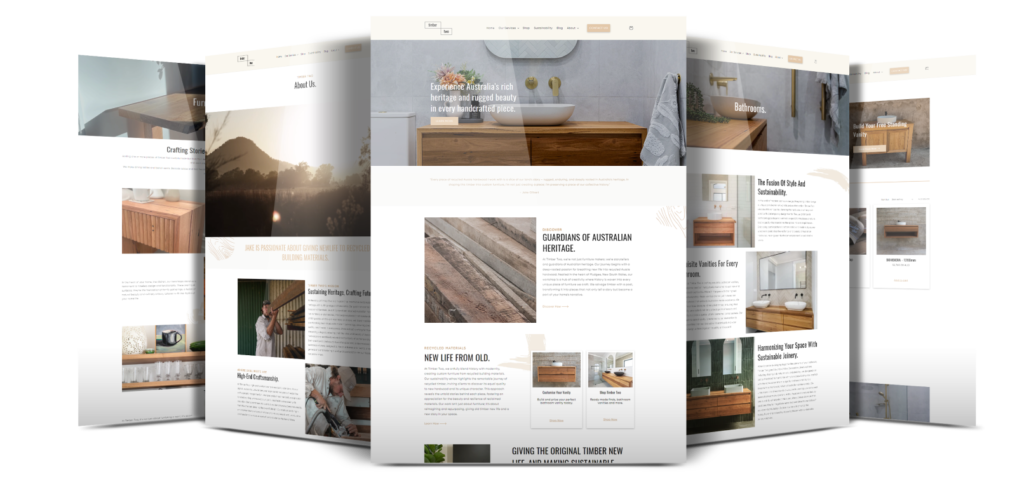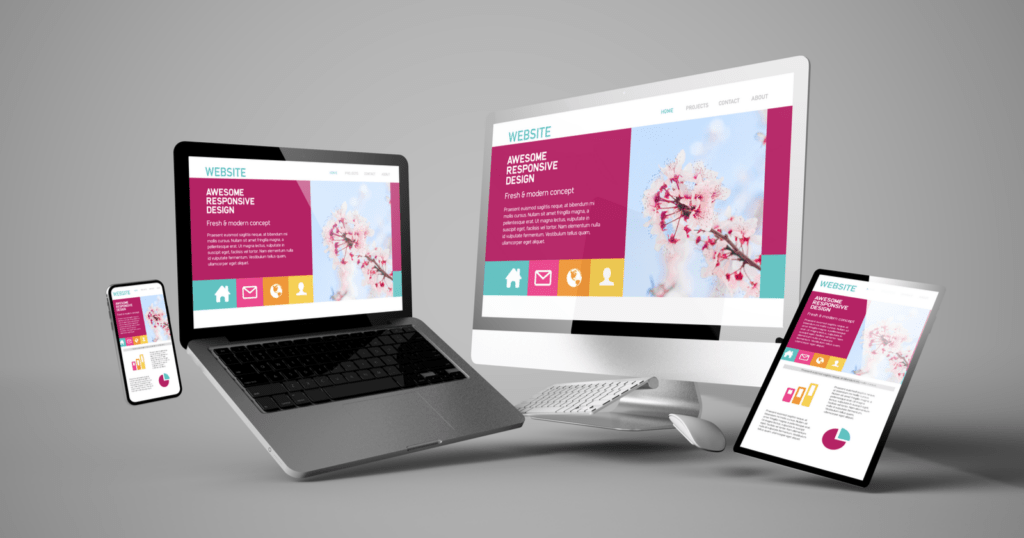Achieve Online Success With User-Friendly Website Style
In the progressively affordable electronic landscape, the style of a web site can be an essential factor in identifying an organization's success. Straightforward design not only boosts the total user experience yet additionally influences essential metrics such as retention, conversion, and interaction rates. By prioritizing user-friendly navigation and availability, companies can promote an extra comprehensive environment that interest a broader audience. Nonetheless, comprehending the specific concepts and features that add to efficient layout needs a better evaluation of present patterns and finest techniques, which could reveal possibilities for considerable improvement.
Importance of Customer Experience
Individual experience (UX) plays an essential role in the success of a website, as it straight influences customer complete satisfaction and interaction. A favorable UX makes sure that visitors can navigate the website easily, gain access to details swiftly, and full wanted activities, such as purchasing or signing up for a newsletter, without disappointment.
In a digital landscape where competitors is tough, a site that prioritizes UX can significantly enhance brand commitment and retention. Users are most likely to return to a website that offers a smooth experience, developing a cycle of repeat brows through and boosted consumer life time value. Additionally, effective UX design can minimize bounce rates, as users are much less likely to leave a site that meets their requirements effectively.
In addition, search engines significantly consider individual experience variables when ranking internet sites. Therefore, spending in user experience is crucial for accomplishing long-lasting success in the electronic industry.
Key Concepts of User-Friendly Layout
A successful user-friendly style pivots on a number of essential concepts that boost functionality and accessibility. First and leading is simplicity; a clutter-free user interface allows individuals to navigate effortlessly, decreasing cognitive lots. This concept highlights the significance of concise and clear web content, allowing users to locate details swiftly without unnecessary distractions.
Consistency is another important element. Constant use of colors, typefaces, and designs fosters knowledge and develops trust. Individuals must feel comfy as they explore different areas of the website, knowing that comparable aspects represent related capabilities.
Efficient typography likewise plays a vital duty in easy to use layout. Understandable font styles, ideal sizes, and appropriate spacing make sure that content is quickly legible across various devices. Incorporating instinctive aesthetic hierarchies assists individuals recognize key info and activities at a look.

Necessary Attributes for Navigation
Efficient navigation is important for any kind of easy to use web site, as it directly impacts the overall individual experience. A well-structured navigating system allows individuals to situate details rapidly and successfully, lowering disappointment and boosting involvement.
One vital function is a clear and user-friendly food selection that categorizes content rationally - website design copyright. This food selection must be easily accessible original site from every web page, often placed on top or on the side of the web site. Furthermore, integrating breadcrumb navigation assists individuals comprehend their place within the website hierarchy and makes it much easier to backtrack
Browse capability is another vital part, allowing individuals to locate certain material without sifting with numerous pages. This attribute must be plainly shown and receptive to variants in input.
Furthermore, a mobile-responsive design makes certain that navigating remains smooth across tools. As mobile usage proceeds to increase, menus Home Page need to adjust to different display sizes without endangering capability.
Finally, visual signs such as highlighting the active page and making use of hover impacts can improve user interaction. By incorporating these important features, site developers can create a navigational experience that is not just easy to use yet additionally encourages expedition and retention.
Availability Considerations
Ease of access factors to consider are important to creating an easy to use website that deals with all people, no matter their capabilities or impairments (website design copyright). Sites need to be created to guarantee that customers with aesthetic, acoustic, cognitive, or motor disabilities can engage with content successfully. This begins with adherence to the Internet Web Content Access Standards (WCAG), which give a structure for making digital web content more easily accessible
Trick practices include using detailed alternative text for images, making sure shade comparison ratios satisfy access standards, and giving captions for multimedia elements. Furthermore, the navigation ought to be user-friendly, enabling customers to tab via web links and interactive components easily. Carrying out key-board navigation is important for those incapable to use a mouse.
Additionally, clear and succinct language boosts comprehension for individuals with cognitive limitations. Kinds must be straightforward, with labels and instructions that are understandable. Regular availability testing, consisting of customer feedback from individuals with impairments, can aid boost and determine obstacles view website functionality.
Gauging Style Success

User comments studies and use testing are critical in evaluating the performance of design elements. These techniques allow designers to collect direct input from users, identifying pain points and locations for renovation. In addition, tracking heatmaps can expose where users click most frequently, aiding to notify design modifications and content prioritization.
Analytics tools play a necessary duty in gauging layout success by supplying data-driven understandings. For example, Google Analytics can track customer actions, disclosing patterns that show whether the layout is impeding the user or helping with trip. Ultimately, an effective website style not just meets service objectives however additionally fosters a smooth and enjoyable user experience, driving interaction and commitment in time. Frequently taking another look at these metrics makes sure that the website develops in alignment with individual demands and industry best techniques.
Verdict
Focusing on user experience via simpleness, intuitive navigating, and efficient feedback devices not only enhances individual engagement and satisfaction yet likewise fosters brand name loyalty. Including crucial navigating functions and accessibility factors to consider better makes sure that all individuals can successfully communicate with the site.
Websites should be designed to ensure that customers with aesthetic, acoustic, cognitive, or motor problems can engage with material effectively.Determining layout success includes evaluating exactly how effectively a web site fulfills its intended goals while supplying a favorable user experience. Google Analytics can track individual actions, revealing patterns that suggest whether the layout is impeding the customer or facilitating journey. Eventually, a successful site layout not only satisfies service purposes but likewise cultivates a delightful and seamless user experience, driving interaction and commitment over time. Prioritizing customer experience through simpleness, intuitive navigating, and efficient responses systems not only enhances user involvement and satisfaction but additionally fosters brand loyalty.